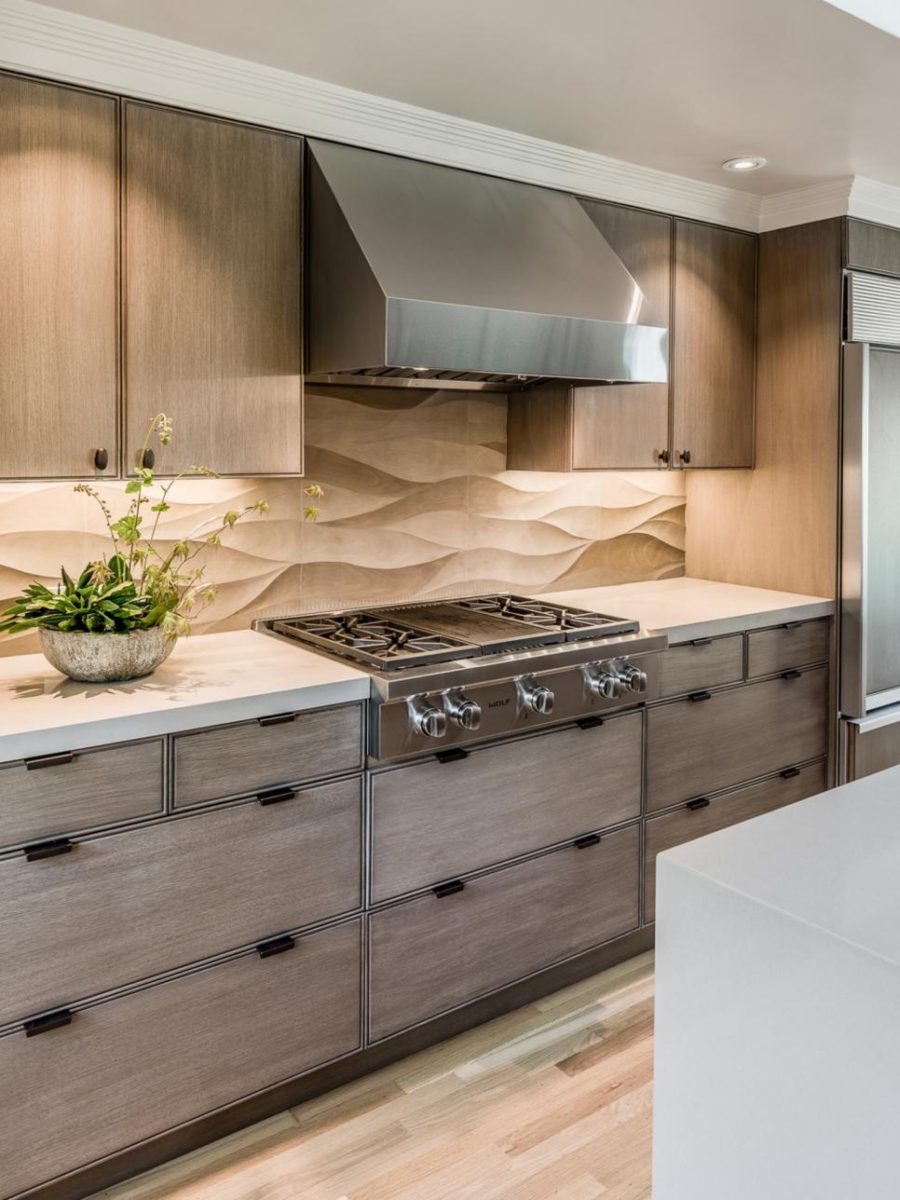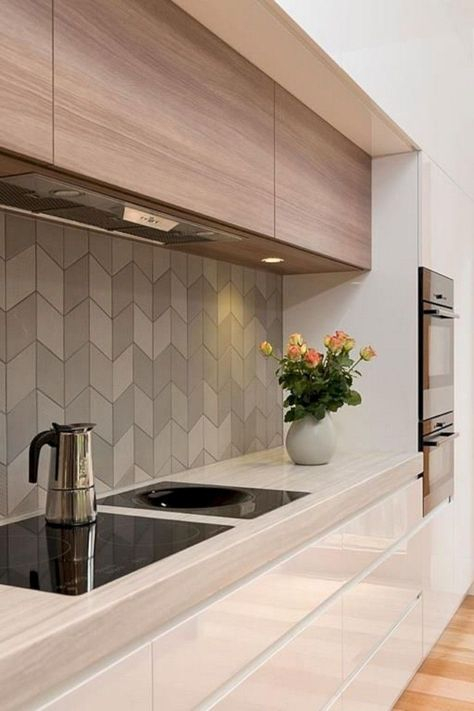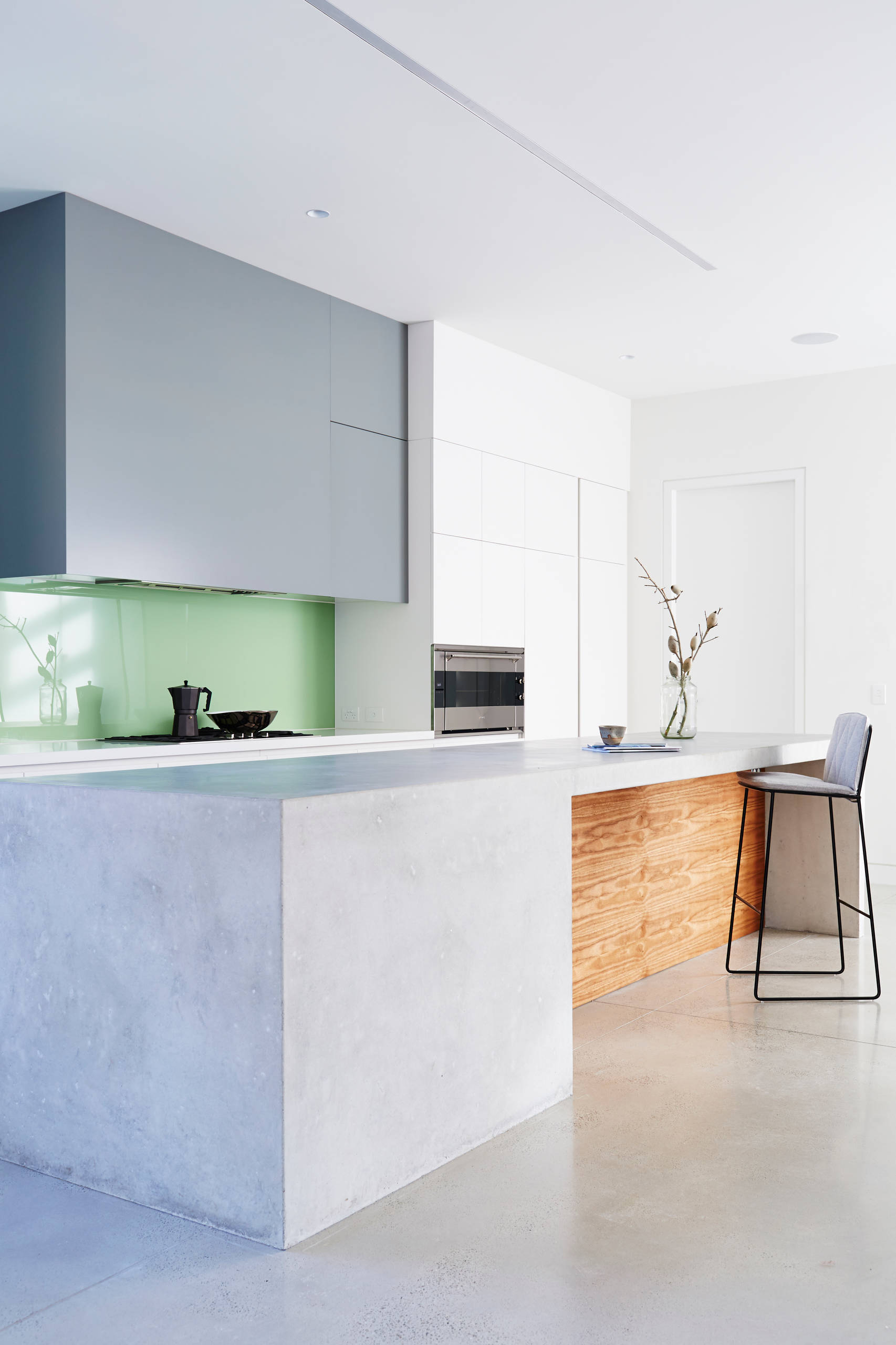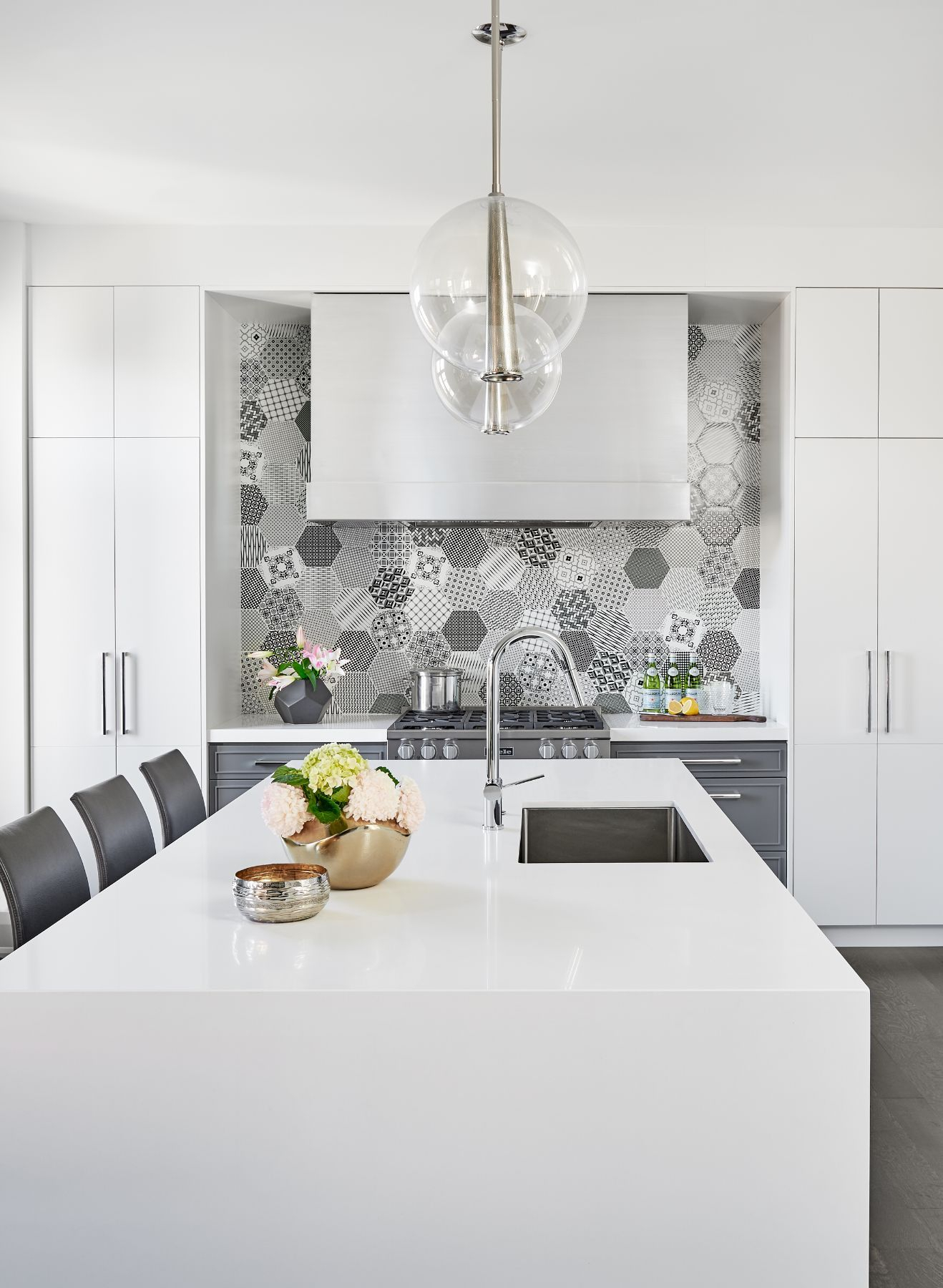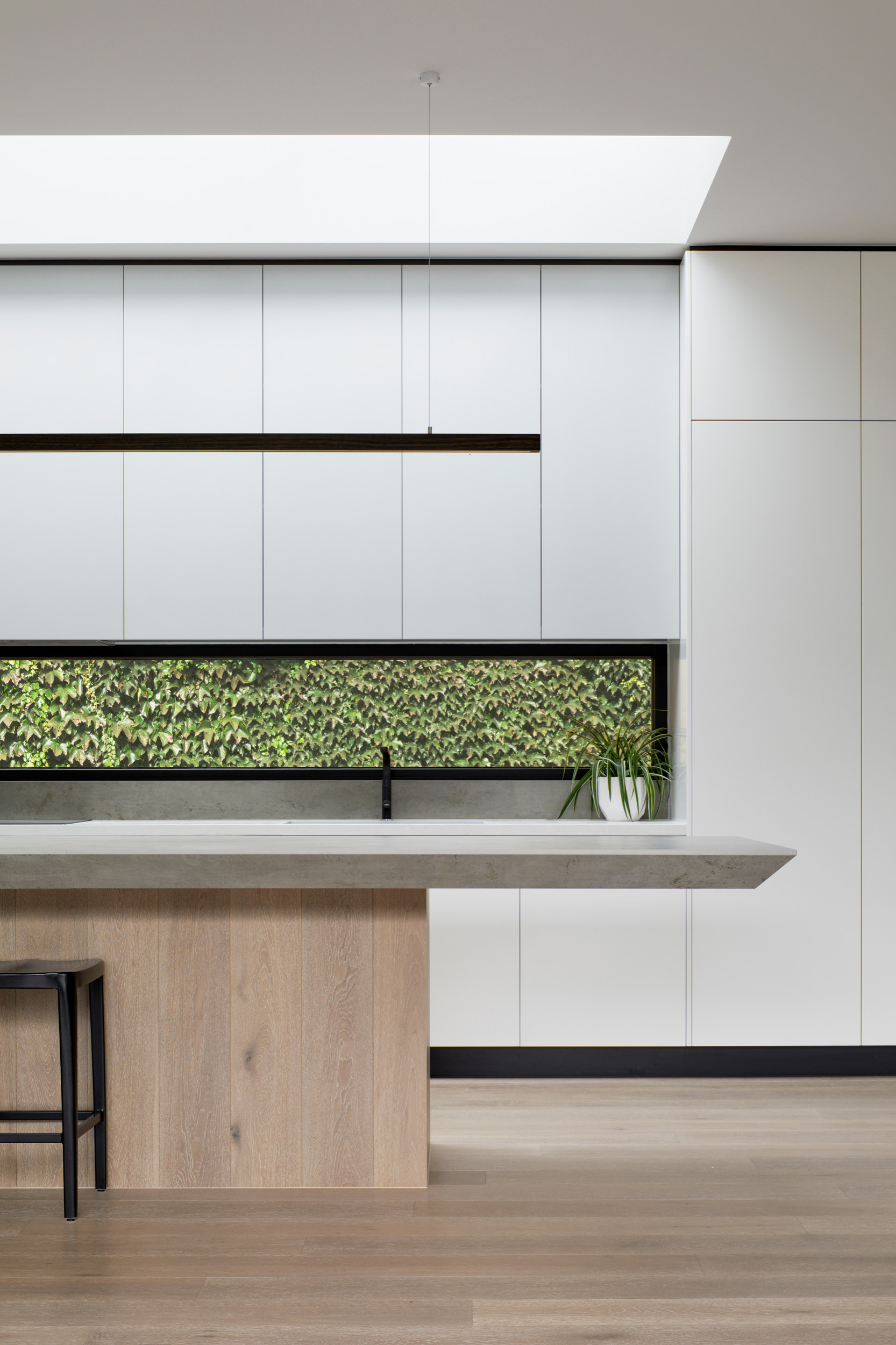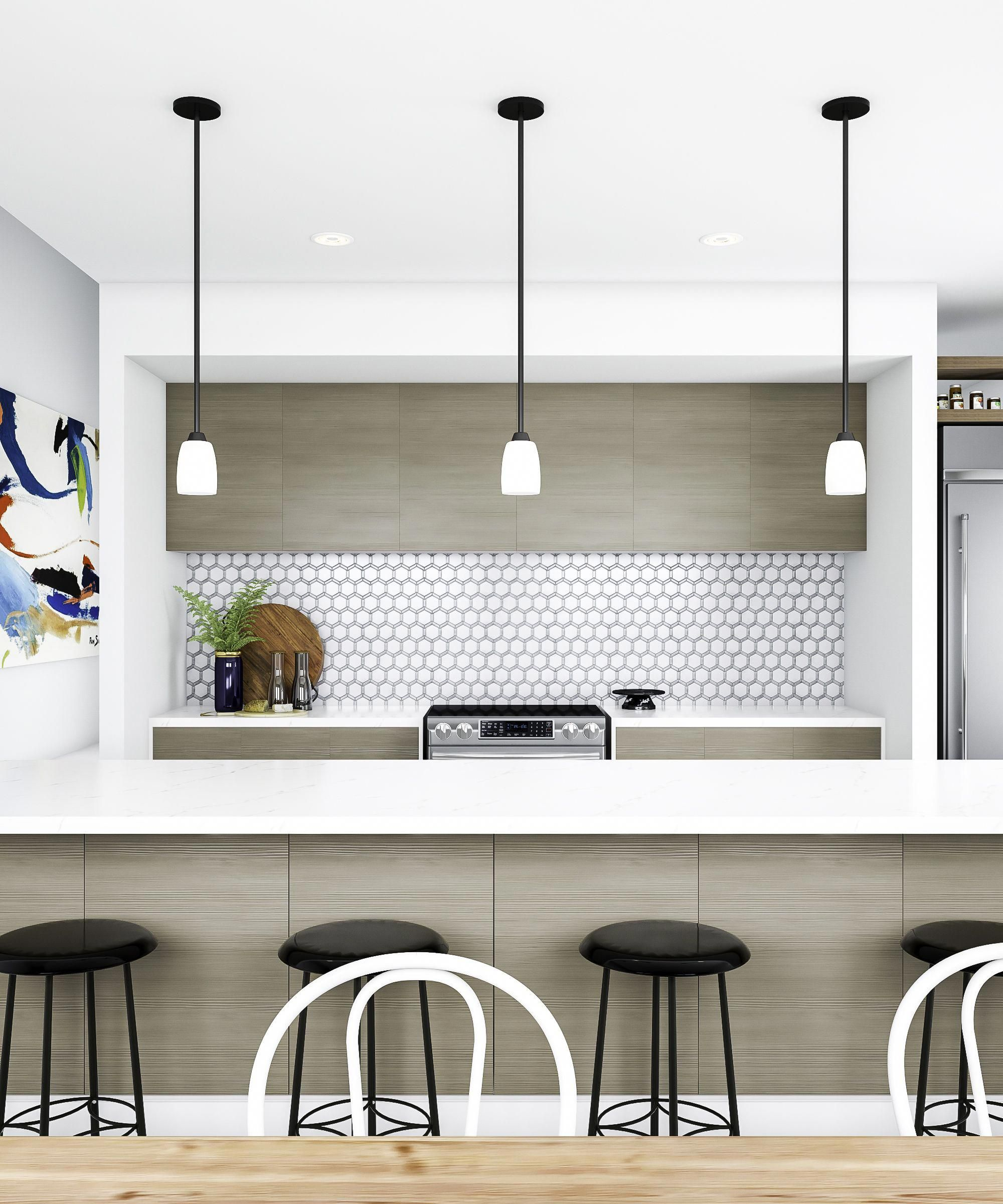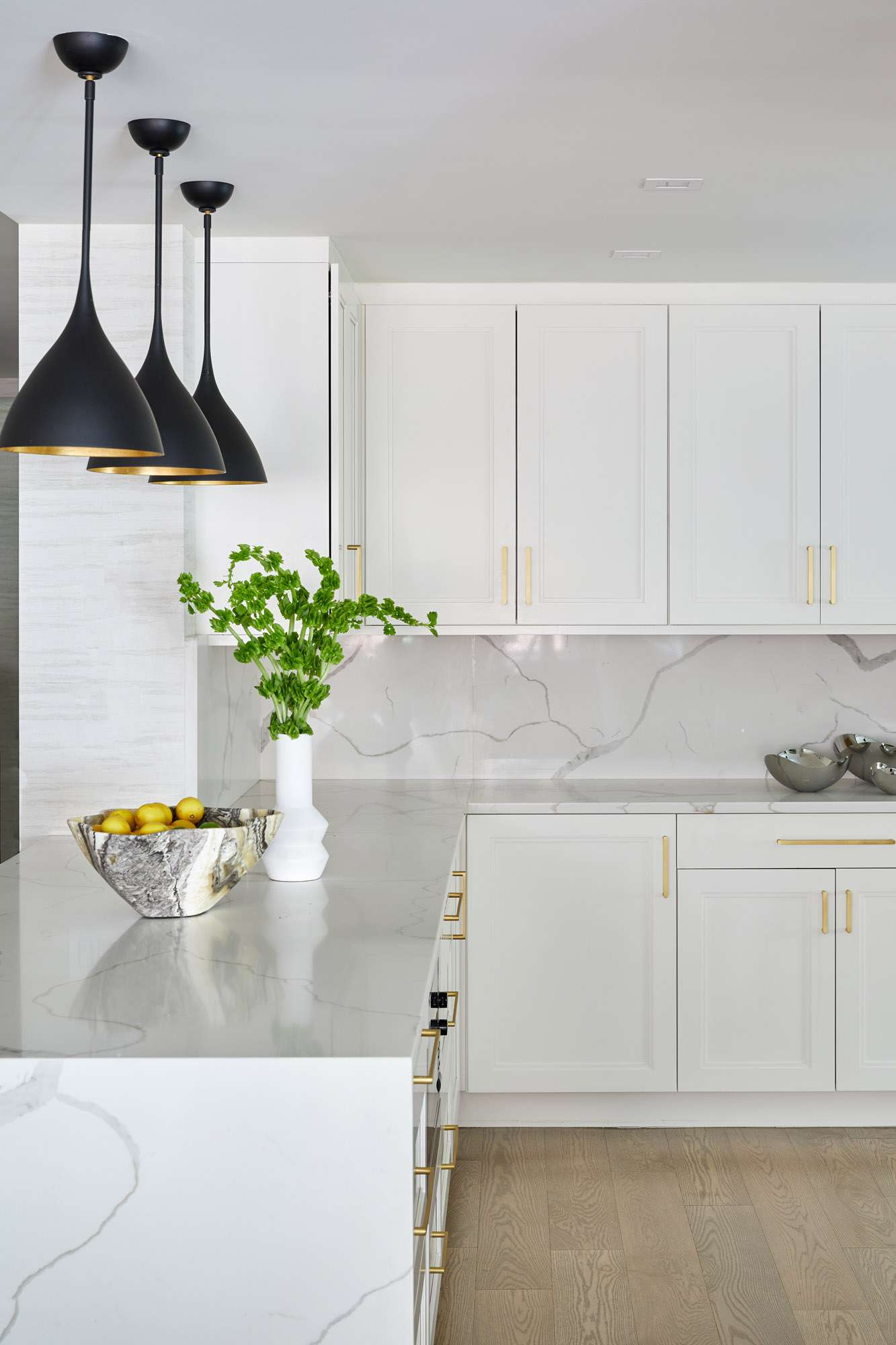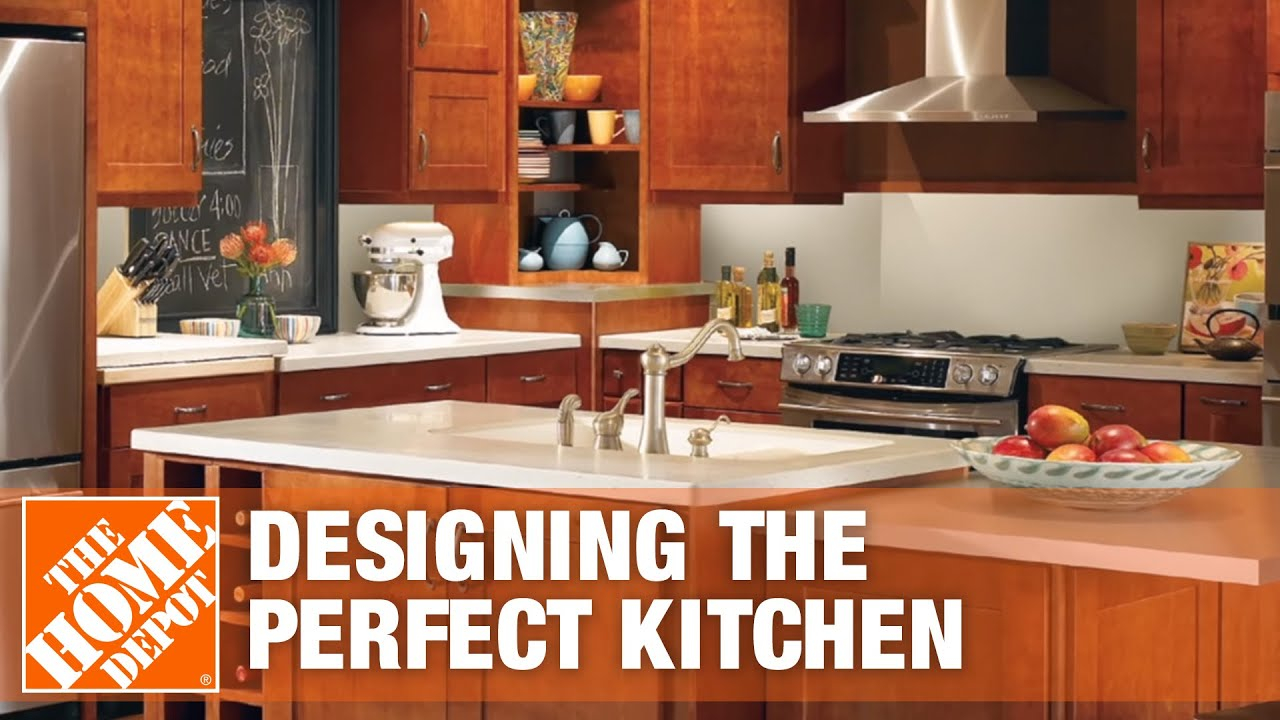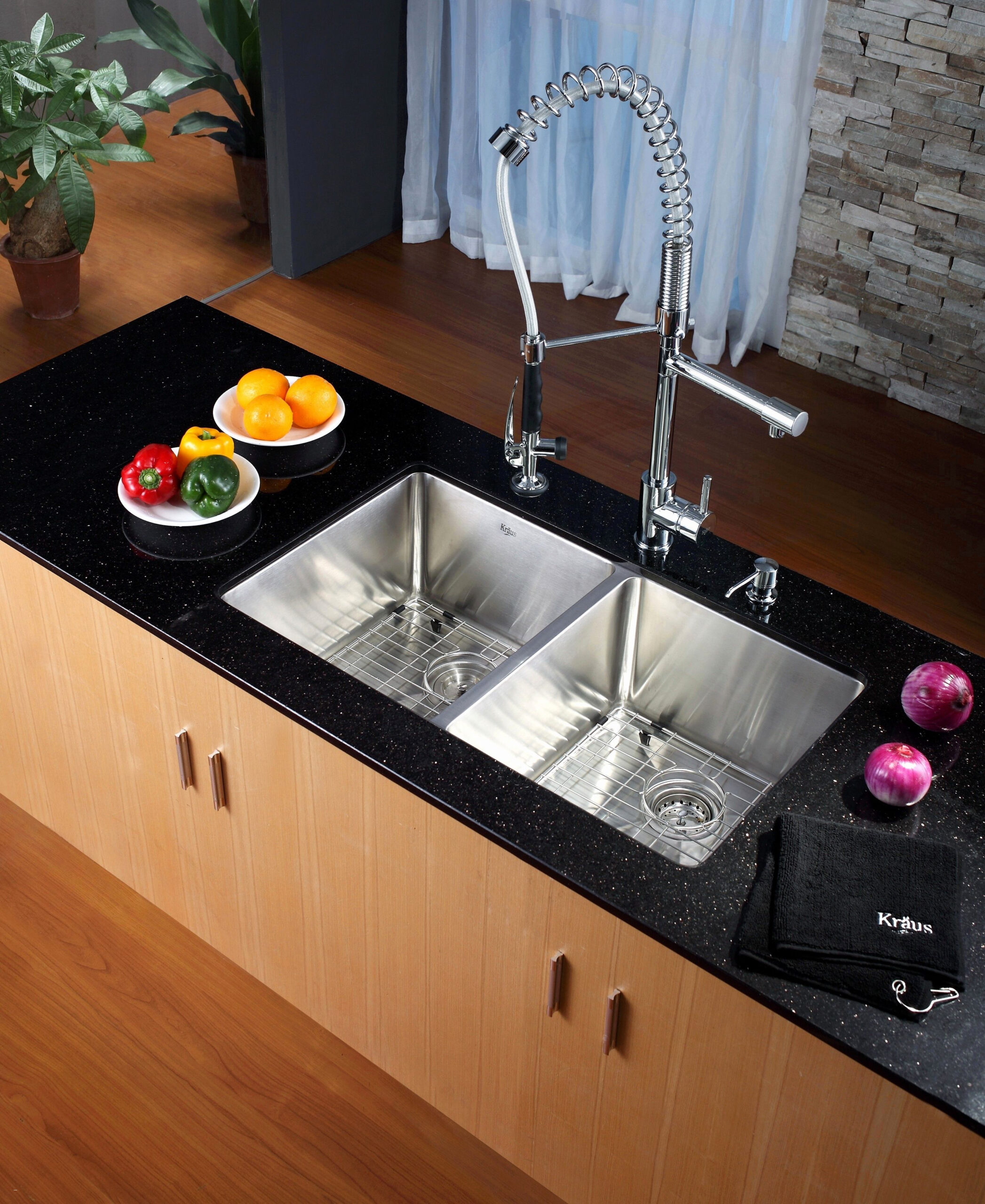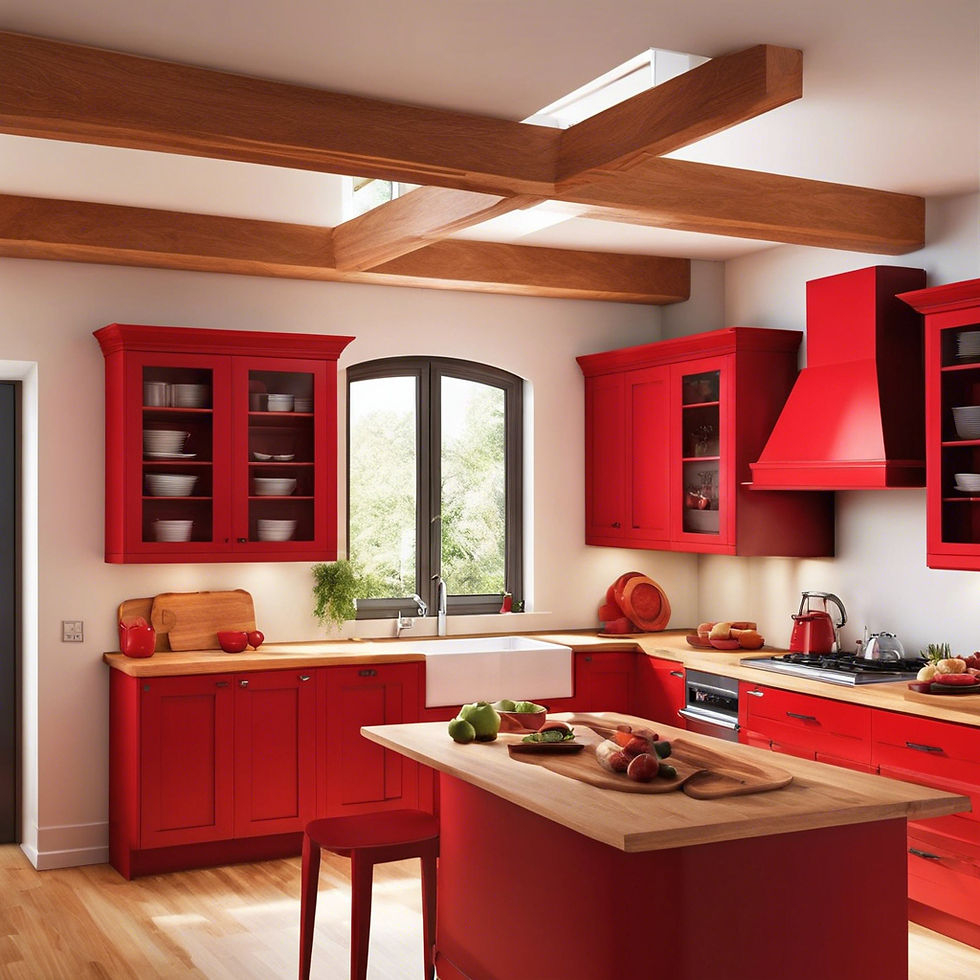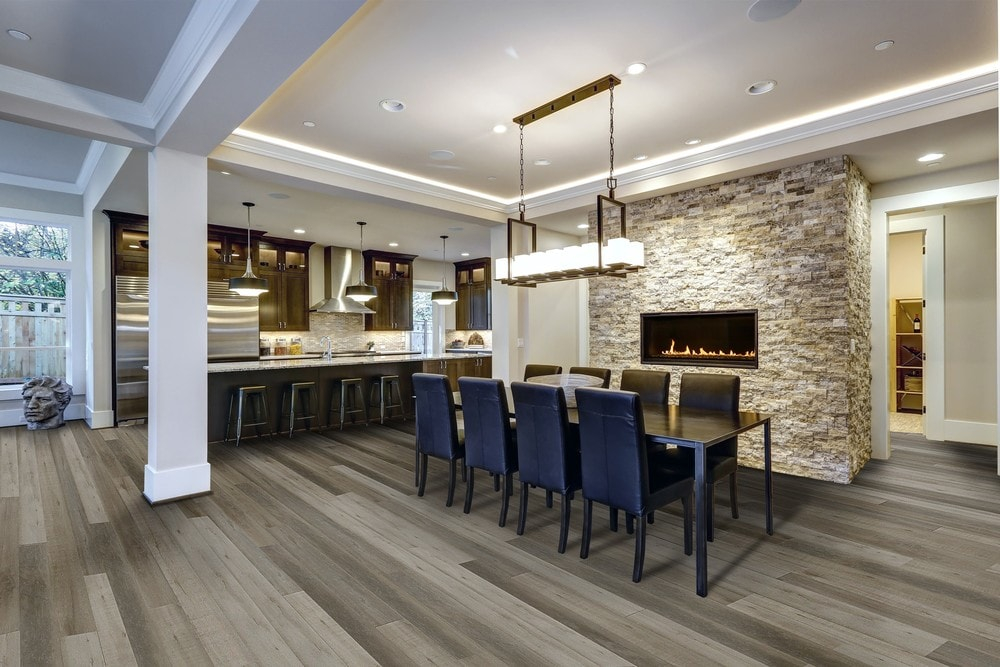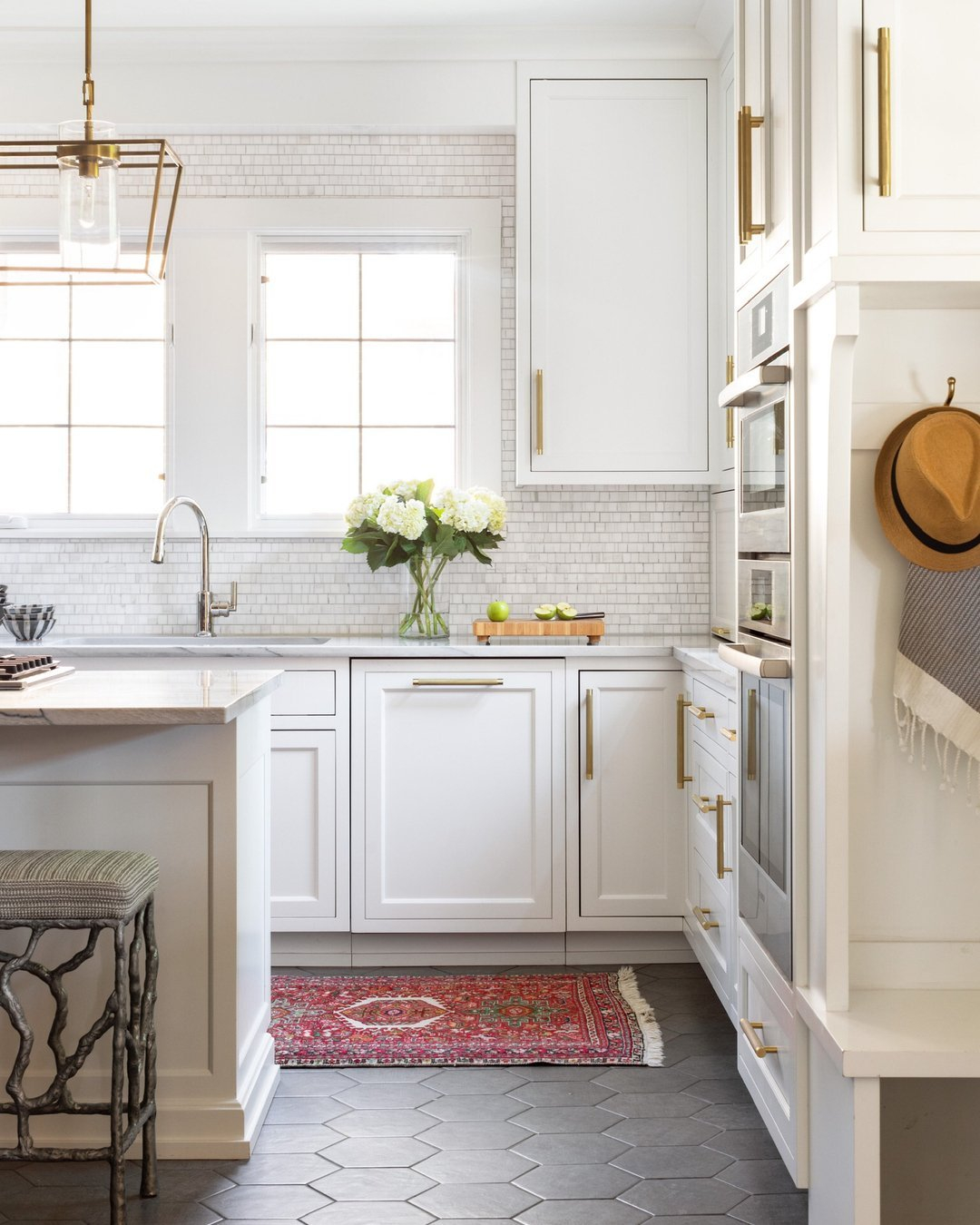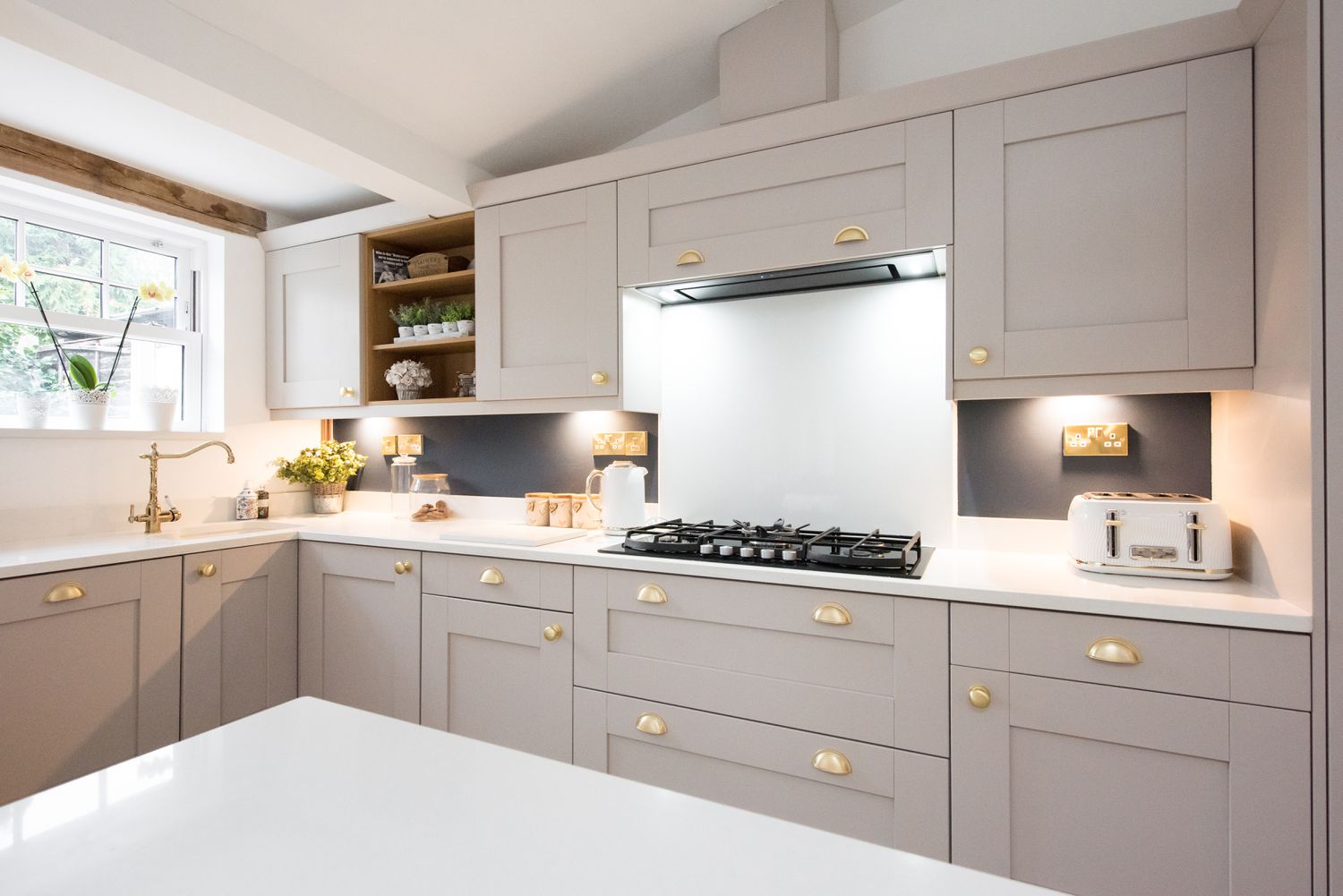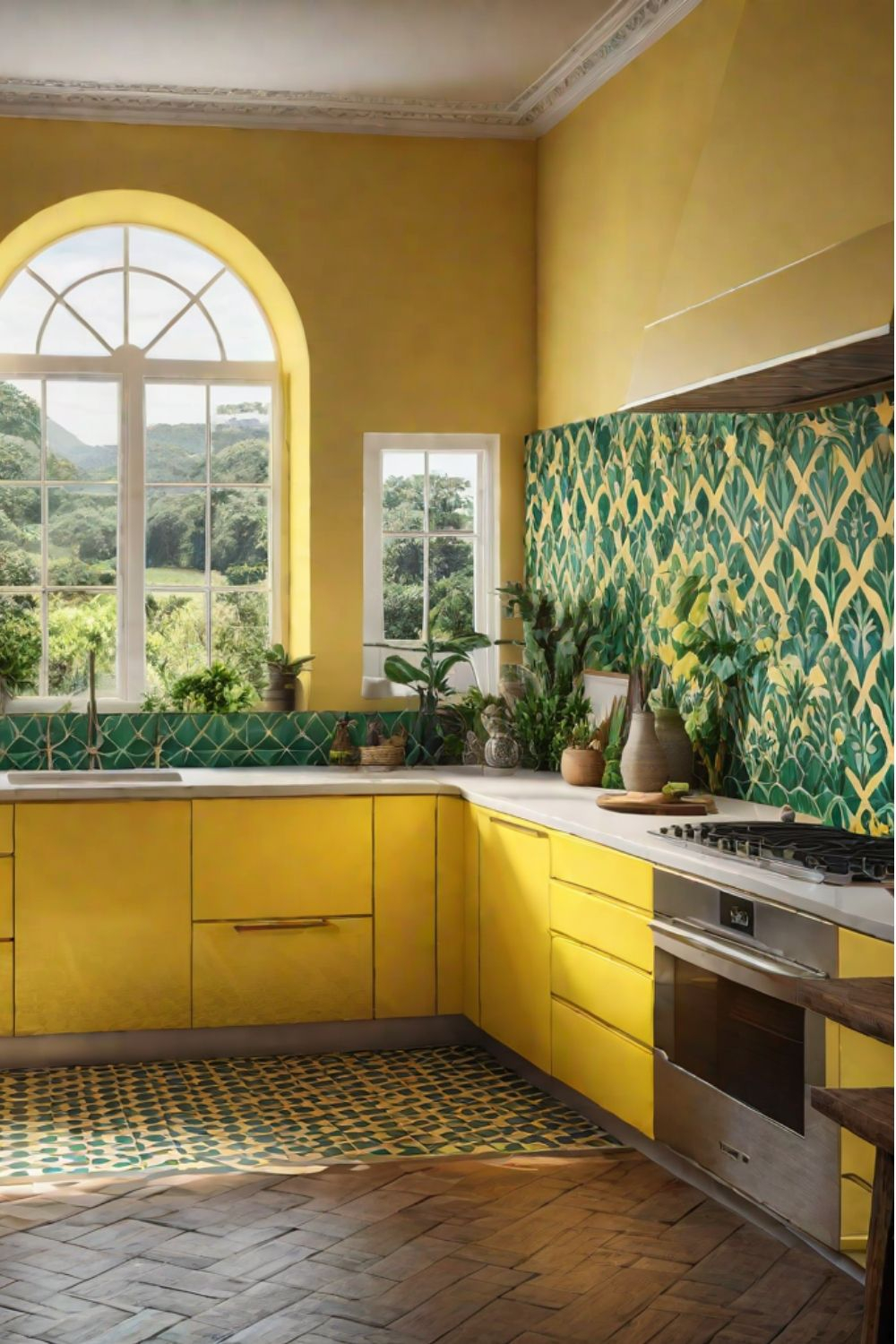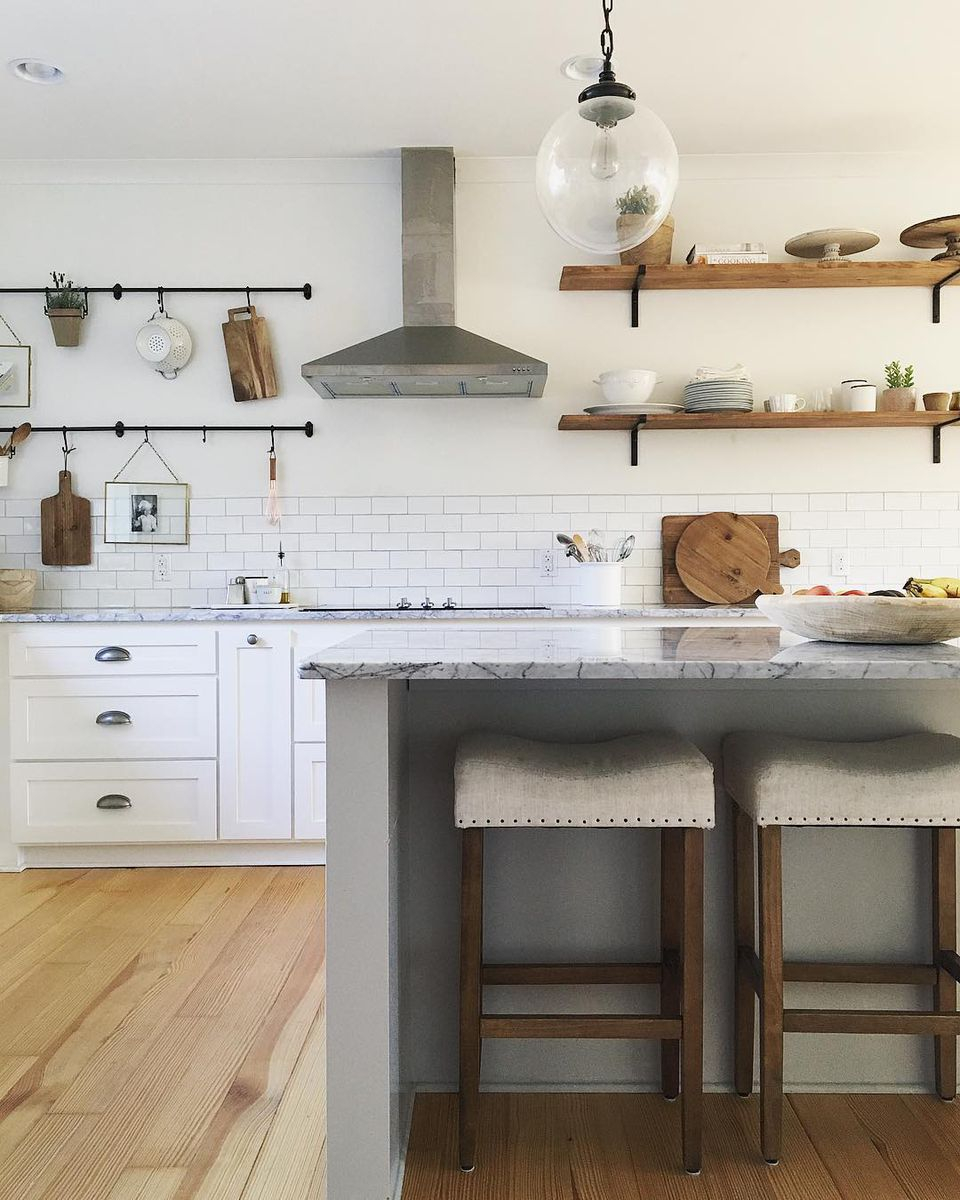The backsplash. It’s more than just a protective barrier against splatters and spills. It’s the unsung hero of your kitchen design, a place where practicality meets personality. Think of it as your culinary canvas, waiting for the perfect brushstrokes to bring your vision to life. Whether you’re aiming for sleek modernism, cozy farmhouse charm, or something uniquely you, the backsplash plays a starring role. Ever walked into a kitchen and instantly felt that ‘wow’ factor? Chances are, the backsplash was a big part of it. It’s the jewelry of your kitchen, the detail that ties everything together and truly elevates the space. So, how do you pick the one that’s just right? Let’s dive in and explore the possibilities.
Choosing a kitchen backsplash might seem like a small detail in the grand scheme of a renovation or redesign, but trust me, it makes a massive difference. It’s the backdrop to your daily cooking, dining, and gathering. It’s where memories are made, and let’s be honest, where a lot of food prep happens. So, you want something that’s not only easy to clean but also genuinely inspiring. From the type of material to the color, pattern, and even the grout, every decision contributes to the overall feel of your kitchen. We’re going to break down what goes into selecting the ideal backsplash, making sure it’s a choice you’ll love for years to come. Ready to transform your kitchen’s look and feel?
Material Matters: The Foundation of Your Backsplash
When you start thinking about backsplashes, the first thing that usually comes to mind is the material. And for good reason! The material sets the tone for durability, maintenance, and, of course, style. Let’s look at some popular contenders:
- Ceramic & Porcelain Tile: These are absolute workhorses. They’re incredibly versatile, coming in a dizzying array of colors, shapes, and sizes – think classic subway tiles, intricate mosaics, or large-format slabs. They’re also budget-friendly and relatively easy to clean. The only real downside? Grout lines can sometimes be a pain to keep spotless.
- Natural Stone (Marble, Granite, Quartzite): For that touch of natural elegance, stone is hard to beat. Marble offers timeless beauty with its veining, but it’s softer and requires more sealing. Granite is super durable and heat-resistant, a real champion for busy kitchens. Quartzite is another tough contender, often mimicking marble’s look with granite’s resilience. These materials add a luxurious feel, but they do come with a higher price tag and can be more demanding in terms of upkeep.
- Glass: Glass backsplashes offer a sleek, modern, and reflective surface. They can make a small kitchen feel bigger and brighter. Available in sheets or individual tiles, they’re easy to wipe down. However, they can show fingerprints and might be more prone to chipping or cracking if something heavy is dropped on them.
- Metal (Stainless Steel, Copper): Stainless steel is a favorite for a reason – it’s durable, heat-resistant, and gives a professional, clean look. Copper adds a warm, rustic, or industrial vibe depending on the finish. Both are relatively easy to clean, though stainless can show smudges. These are great for a more contemporary or industrial aesthetic.
- Other Options: Don’t forget about alternatives like beadboard, tumbled stone, or even peel-and-stick options for a temporary or budget-friendly update. Each has its own unique character and practical considerations.
Style & Aesthetics: Defining Your Kitchen’s Personality
Beyond the material, the style of your backsplash is where your personal flair really shines. What’s the overall vibe you’re going for in your kitchen? Consider these elements:
- Color Palette: Do you want your backsplash to blend seamlessly with your countertops and cabinets, or be a bold focal point? A neutral palette can create a calming atmosphere, while a vibrant color or a striking pattern can inject energy and personality. Think about the existing colors in your kitchen – your cabinets, countertops, and even flooring – and how the backsplash will complement them.
- Pattern & Layout: The way tiles are laid out can dramatically change the look. Traditional brick patterns, stacked patterns, herringbone, or intricate mosaic designs all offer different visual textures. A simple subway tile laid in a classic brick pattern is timeless, while a more complex geometric pattern can make a contemporary statement.
- Size & Shape: Backsplash tiles come in all sorts of sizes and shapes, from tiny mosaic pieces to large format tiles. Smaller tiles, like mosaics, create more visual interest and can be great for curved or intricate areas, but they also mean more grout lines. Larger tiles offer a more streamlined, modern look with fewer grout lines to worry about.
- The Grout Factor: Never underestimate the power of grout! The color of your grout can significantly impact the final appearance. Contrasting grout can make each tile pop, highlighting intricate patterns. Matching grout can create a more unified, seamless look. And for high-traffic areas, consider epoxy grout, which is more stain-resistant and durable.
Practical Considerations: Function Meets Form
A beautiful backsplash is wonderful, but it also needs to be practical for your lifestyle. Let’s think about the day-to-day reality of your kitchen:
- Ease of Cleaning: This is a big one. If you’re a serious cook who splatters a lot, you’ll want a material and finish that’s easy to wipe down. Smooth, non-porous surfaces like glass or glazed ceramic are generally easier to maintain than porous natural stones or textured tiles. Consider the grout too – darker or sealed grout will hide stains better than light-colored, unsealed grout.
- Durability & Maintenance: How much wear and tear does your kitchen get? If you have young kids or pets, or if you cook frequently, you’ll want materials that can withstand heat, moisture, and potential impacts. Natural stones might need periodic sealing, while some glass tiles could be more susceptible to chipping. Porcelain and granite are typically very robust choices.
- Budget: Backsplashes can range from very affordable to quite expensive. Setting a budget early on will help narrow down your material and style options. Don’t forget to factor in the cost of installation, especially if you’re not doing it yourself. Sometimes a slightly more expensive material that’s easier to install can save you money overall.
- Lighting: How does the backsplash look under your kitchen lighting? Reflective materials like glass or polished stone can bounce light around, making the space feel brighter. Matte finishes absorb light, creating a softer look. Consider how the color and finish will appear at different times of day.
Installation Insights: Getting it Right
Once you’ve chosen your dream backsplash, the next step is installation. While some DIY enthusiasts tackle this, it’s often a job best left to the pros, especially for intricate patterns or expensive materials. However, understanding the process can help you appreciate the work involved and communicate effectively with your installer.
- Surface Preparation: The wall surface needs to be clean, dry, and smooth. Any imperfections can show through the tiles, so proper prep is crucial.
- Adhesive: The right adhesive is key to ensuring your tiles stay put. The type of adhesive will depend on the tile material and the substrate.
- Layout Planning: A good installer will dry-fit some sections to ensure the pattern is correct and that cuts are minimized in visible areas. This is especially important for intricate designs or when working with natural stone that has unique patterns.
- Grouting & Sealing: After the tiles are set and the adhesive has cured, the grouting process begins. Once the grout has cured, sealing is often recommended, particularly for porous materials like natural stone or certain types of unglazed tile, to protect against stains and moisture.
Trend Spotting: What’s Hot Right Now
The world of interior design is always evolving, and backsplashes are no exception. While timeless classics never go out of style, here are a few current trends to consider:
- Large Format Tiles: Moving away from tiny mosaics, larger tiles (like 12×24 inches or even larger slabs) are increasingly popular. They create a more seamless look with fewer grout lines, giving a modern and sophisticated feel.
- Textured & 3D Tiles: Tiles with interesting textures, patterns, or relief are adding depth and visual interest. Think ribbed tiles, geometric reliefs, or tiles with a natural stone look that mimics the texture of the quarry.
- Bold Colors & Patterns: While neutrals are always safe, there’s a growing appetite for backsplashes that make a statement. Deep blues, emerald greens, and even vibrant jewel tones are appearing, often paired with geometric patterns or unique artisanal finishes.
- Backsplash to Countertop: Extending the countertop material up the wall for a seamless, integrated look is a sophisticated trend, especially popular with quartz and marble. It creates a very clean and modern aesthetic.
Making Your Final Decision: Putting It All Together
So, you’ve explored the materials, styles, and practicalities. How do you land on the perfect choice? Start by gathering inspiration. Look through magazines, Pinterest, and Houzz. Visit showrooms and get a feel for the materials in person. Order samples and see how they look in your kitchen’s lighting, next to your cabinets and countertops. Don’t be afraid to mix and match. Perhaps you love the look of marble but want the durability of granite? Consider a marble-look porcelain tile. Or maybe you want a pop of color but are nervous about committing? A colorful mosaic strip within a neutral tile pattern could be your answer. Ultimately, the best backsplash is one that reflects your personal style, suits your lifestyle, and makes you happy every time you step into your kitchen. It’s your culinary canvas, after all, so make it a masterpiece.
Choosing a kitchen backsplash is an exciting journey. It’s a chance to infuse your personality into a central hub of your home. By considering the materials, understanding the impact of style and color, and keeping practical needs in mind, you can select a backsplash that’s not only beautiful but also functional for years to come. Remember, it’s about creating a space that inspires you, whether you’re whipping up a gourmet meal or just enjoying a quiet cup of coffee. So go ahead, embrace the possibilities, and craft a culinary canvas that truly speaks to you. Happy decorating.

